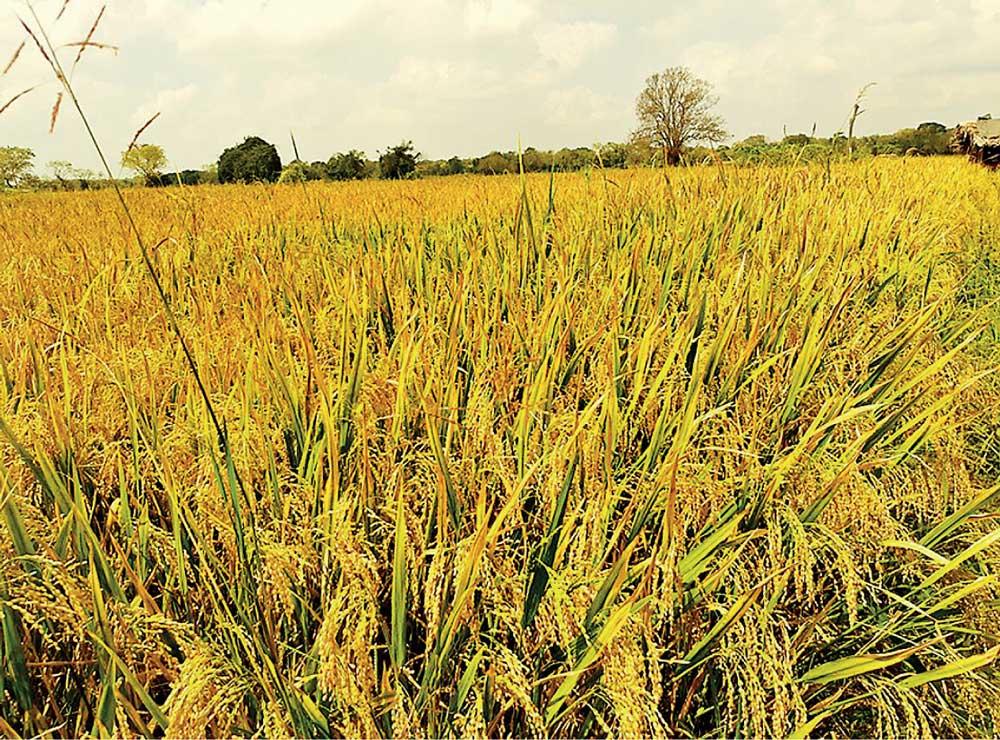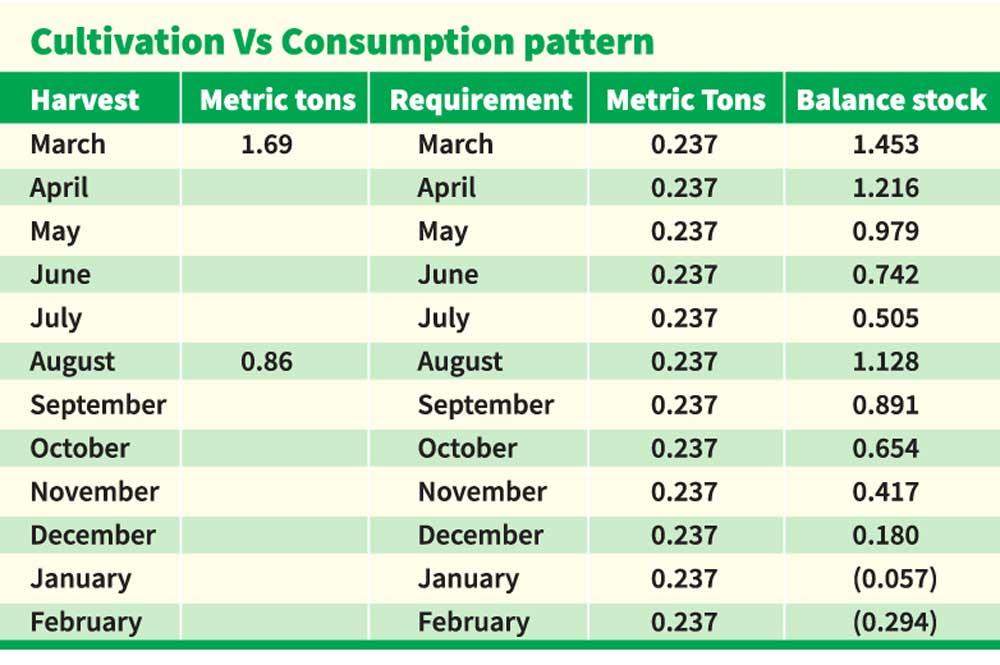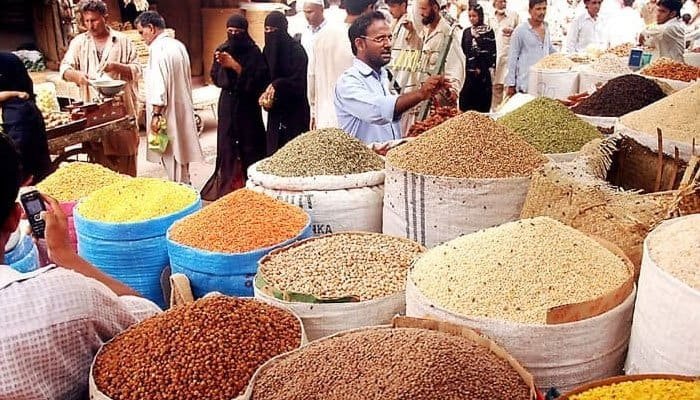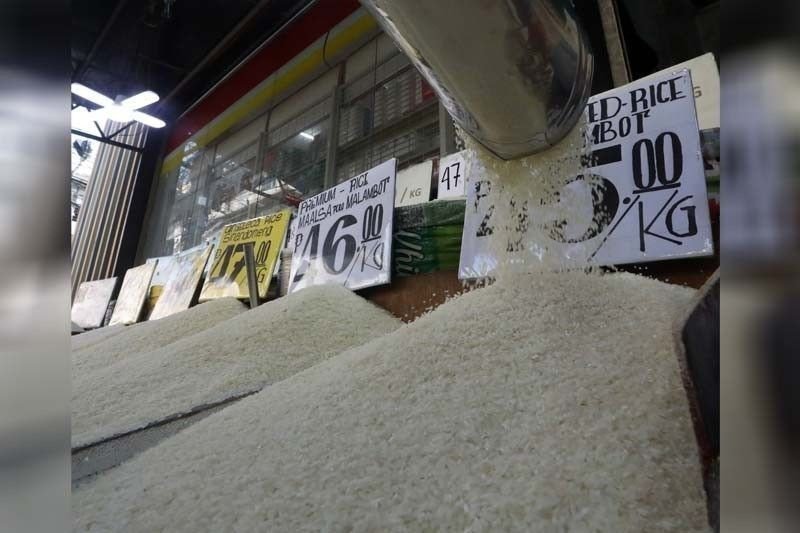Tags
Paddy cultivation and rice production: issues and recommended solutions


- Sri Lanka could very easily be self-sufficient in rice.
- Paddy cultivation is an essential sector like energy as this is the staple food of the whole country.
- The Government should engage in Research and Development to increase yield through improved cultivation practices.
These millers are an oligopoly mostly in the North Central province (NCP) who quite readily advance money to the farmers at the time of land preparation on an undertaking given that all or a sizeable portion of their harvest will be given to them at a price determined by them.
Paddy cultivation in the country is a peasant industry with no corporate bodies involved unlike in tea. The paddy lands are essentially family-owned or by a small group of farmers. This background taken together with the fact there is no agricultural banks in the country leave a massive vacuum in financing paddy cultivation which is eagerly filled in by the big-time rice millers.
Role of big-time rice millers
These millers are an oligopoly mostly in the North Central province (NCP) who quite readily advance money to the farmers at the time of land preparation on an undertaking given that all or a sizeable portion of their harvest will be given to them at a price determined by them. The Yala harvest being largely in the NCP is easily taken over by these millers in anticipation of the predicted shortage coming up in January and February. Due to the financial clout these millers possess, they create an artificial shortage from October onwards by stockpiling. The net result is that the producer is shortchanged on the price he gets for his produce and the consumer is forced to pay a higher price in the market due to the artificial shortage created with the sole beneficiary of the rice industry being the middleman rice miller.
The Data and Facts
Average Paddy cultivation over three years from 2020 to 2022 shows the Maha season yielding 2.42 Mn Mt during the March harvest, whilst the Yala season produces 1.23 Mn Mt Harvest in August, which makes up a total of 3.65 Mn Mt per year.
The harvest of 2023 is disregarded for the average computation as this year was plagued with the fertiliser crisis due to the organic fertiliser policy. It should be noted that the 2020 Maha harvest was 2.70 Mn Mt and Yala was 1.40 mn Mt which gives a total of 4.10 Mn Mt.
Maha season is from October to March and Yala from April to August. 70% of the weight of paddy is converted to rice. Based on the paddy cultivation average, the Rice production from 2.42 Mn Mt paddy in Maha is 1.69 Mn Mt and from 1.23 Mn Mt paddy in Yala is 0.86 Mn Mt, giving a total of 2.55 Mn Mt of rice.The storage capacity available in the country is 500,000 Mt in paddy stores and cooperative stores. Total number of Paddy stores is 323.The average annual consumption of rice is 2.34 Mn Mt. Industrial requirements per annum is around 500,000 Mt. This gives a total annual requirement of 2.84 Mn Mt. or 0.237 Mn Mt per month.
Recommended solutions
Sri Lanka could very easily be self-sufficient in rice as seen from the above data; the rice produced in the country in the year 2020 was more than the demand. Production in 2020 was 2.870 Mn Mt and consumption, including industrial usage, was 2.84 mn Mt. The weather was very favourable and moderate fertiliser application was experienced.
Whilst considering the recommended solutions for implementation, as an interim measure the Government having identified from the data above the months in which the shortage is likely to occur, which is January, action to be taken in October to import rice up to 300,000 MT and use the storage capacity available in the several paddy stores and co-operatives thereby prevent the exploitation by the big time rice millers.
Paddy cultivation is an essential sector like energy as this is the staple food of the whole country. Disruption to this sector is like a breakdown in the electricity supply. There is an oligopoly in the rice milling operations controlled by a handful of mill owners. They also finance the farmers who do not have access to banking facilities. Hence, they are in debt to this group who in turn dictate the price to the whole nation.
Agricultural credit sources should be negotiated by the Government from ADB on concessionary terms and disbursed to the farmers through the branches of the Bank of Ceylon and Peoples Bank. This will save the farmers from the mill owners who finance them and hold them to ransom at the time of harvesting.
Better irrigation management should be implemented in the North and East to encourage cultivation in the Yala season as well. These areas are currently cultivated only during Maha, as they depend on the monsoon rains for irrigation.
Use of drought-resistant paddy varieties.
The Government should engage in Research and Development to increase yield through improved cultivation practices.
Propagate the setting up of Rice mills across the country based on the 3-tiered business model adopted by Amul Milk Union in Gujarat. This starts from a village-level co-operative leading up to the District level and up to the State level. This gives the farmers a stake in the rice production from their paddy. This will eliminate the role played by the big-time rice millers. It will be useful for some officials from the Agricultural Ministry to conduct a study of the Amul business model for implementation here. It could be similar to the CEB and the private Solar power providers. As in the case of the Power sector, the Government should be a stakeholder in the rice business model given the critical importance of this sector.
There is still a vast amount of land still not under cultivation. The provincial governments should be tasked to identify these lands and bring them under cultivation.
The Writer is a Past President of the Chartered Institute of Management Accountants (UK) – Sri Lanka Division and has an MBA from the University of Colombo.
Published Date: January 22, 2025






